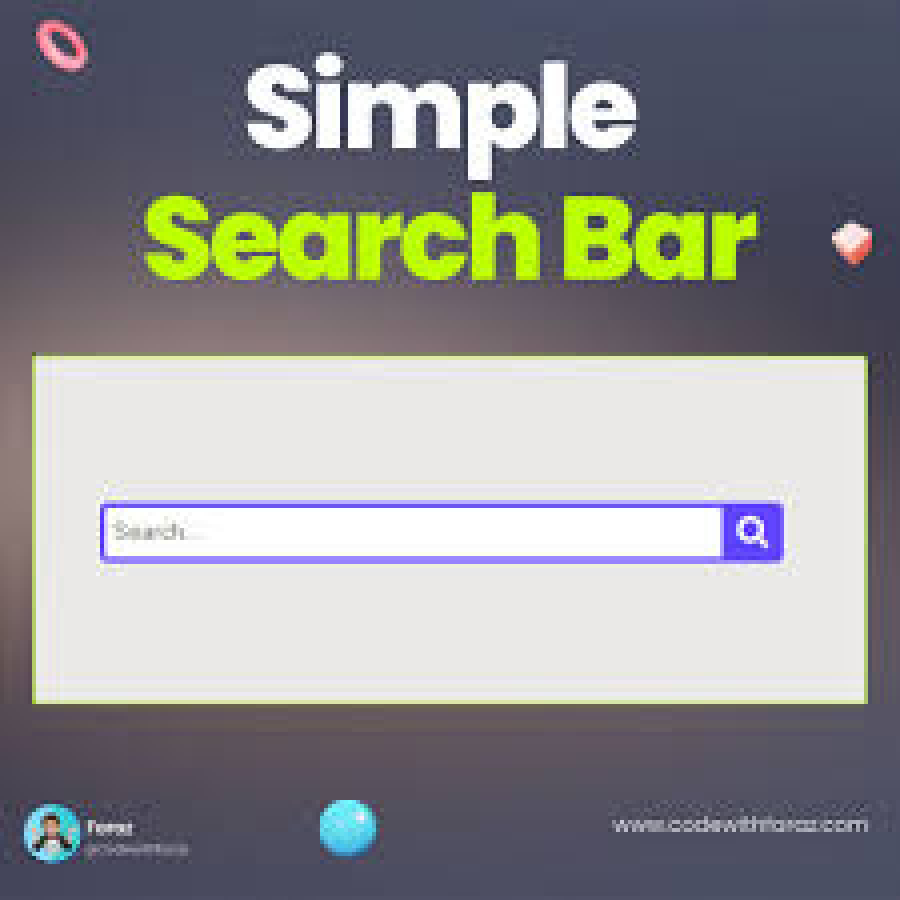How to Implement Infinite Scroll Using JavaScript
Infinite scrolling is a modern web development technique that enhances user experience by dynamically loading content as the user scrolls down the page. Instead of paginating, new items load seamlessly without requiring manual clicks. This method is widely used by platforms like Facebook, Twitter, and Instagram to keep users engaged.
At FreelancerBridge, we help developers implement smooth and efficient infinite scrolling in JavaScript. In this guide, you’ll learn how infinite scrolling works, its benefits, and how to optimize it for better performance and SEO.
What is Infinite Scroll?
Infinite scrolling is a dynamic content loading technique where new data is fetched and displayed automatically as a user scrolls. Instead of traditional pagination, users can continuously browse without clicking "Next Page."
🚀 Key Benefits of Infinite Scroll:
✔️ Seamless User Experience – No need to click pagination buttons.
✔️ Faster Content Delivery – Reduces page load time.
✔️ More Engagement – Users stay longer, scrolling for more content.
✔️ Ideal for Mobile – Infinite scrolling works smoothly on mobile devices.
How Infinite Scroll Works in JavaScript?
Infinite scrolling typically works by detecting when a user nears the bottom of a page and then loading new content dynamically. This is done using JavaScript event listeners and API calls to fetch data.
Core Steps of Infinite Scroll Implementation:
🔹 1. Detect Scroll Position: Track when the user reaches the bottom of the page.
🔹 2. Fetch New Content: Load additional data dynamically via API or database.
🔹 3. Append Content to the Page: Update the DOM with the newly fetched items.
🔹 4. Optimize Performance: Prevent unnecessary API calls and improve load times.
SEO Benefits of Infinite Scroll for Websites
Infinite scrolling can significantly impact your SEO and site performance. To ensure search engines can crawl and index your dynamically loaded content, follow these best practices:
✅ 1. Implement "Load More" Button (Hybrid Approach)
Google struggles with fully infinite scroll pages. Adding a "Load More" button helps improve accessibility and indexing.
✅ 2. Use Proper Pagination Markup
Use rel="next" and rel="prev" attributes in <link> tags to guide search engines.
✅ 3. Ensure Accessible URLs for Content
Dynamically loaded content should be accessible via unique URLs to improve SEO ranking.
✅ 4. Optimize API Calls to Prevent Slow Load Times
Lazy load only necessary data and use caching techniques to improve speed and performance.
✅ 5. Track User Behavior for Better Engagement
Monitor analytics to see how users interact with infinite scrolling and adjust accordingly.
When to Use Infinite Scroll?
📌 Best Use Cases for Infinite Scroll:
✔️ Social Media Feeds – Facebook, Twitter, Instagram, and LinkedIn.
✔️ E-commerce Websites – Product listings with continuous browsing.
✔️ News and Blogs – Articles and posts dynamically loaded.
✔️ Image Galleries – Pinterest-style layouts for smooth browsing.
📌 When NOT to Use Infinite Scroll:
❌ If precise navigation is needed – Users may find it hard to locate specific content.
❌ If SEO is a priority – Google has trouble indexing infinite scroll-only content.
❌ If performance is an issue – Poorly optimized infinite scroll may slow down websites.
Conclusion
Infinite scrolling is a powerful JavaScript technique that enhances user engagement and improves content accessibility. However, it should be implemented carefully with SEO best practices to ensure search engines index all content.
At FreelancerBridge, we focus on modern web development to help you build optimized, high-performance websites. Implement infinite scroll today and enhance user experience with seamless content loading!
SEO Tags for FreelancerBridge
🔹 Primary Keyword: JavaScript infinite scroll
🔹 Secondary Keywords: Infinite scrolling best practices, how to load content dynamically in JavaScript, improve website performance with infinite scroll, infinite scrolling SEO
🔹 Meta Description: Learn how to implement infinite scroll in JavaScript to load content dynamically and improve user experience. Discover best practices for SEO optimization and performance.


 by Emily
by Emily




